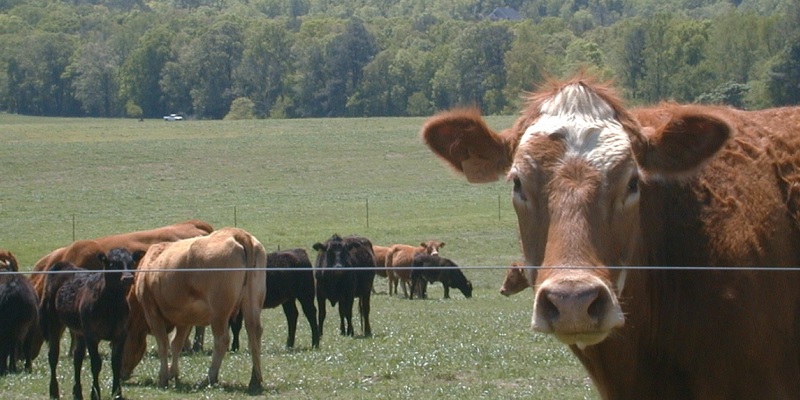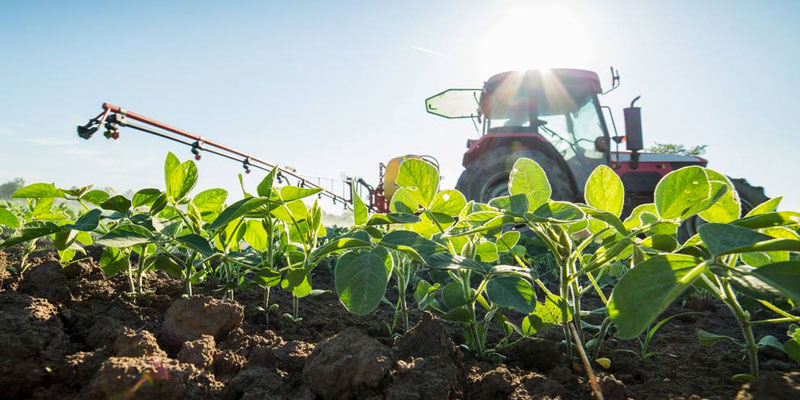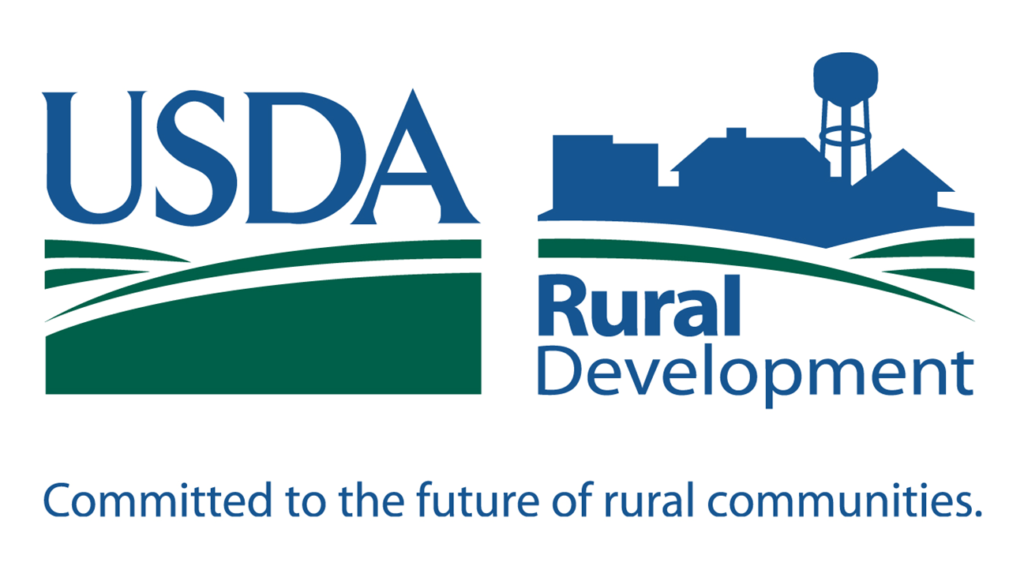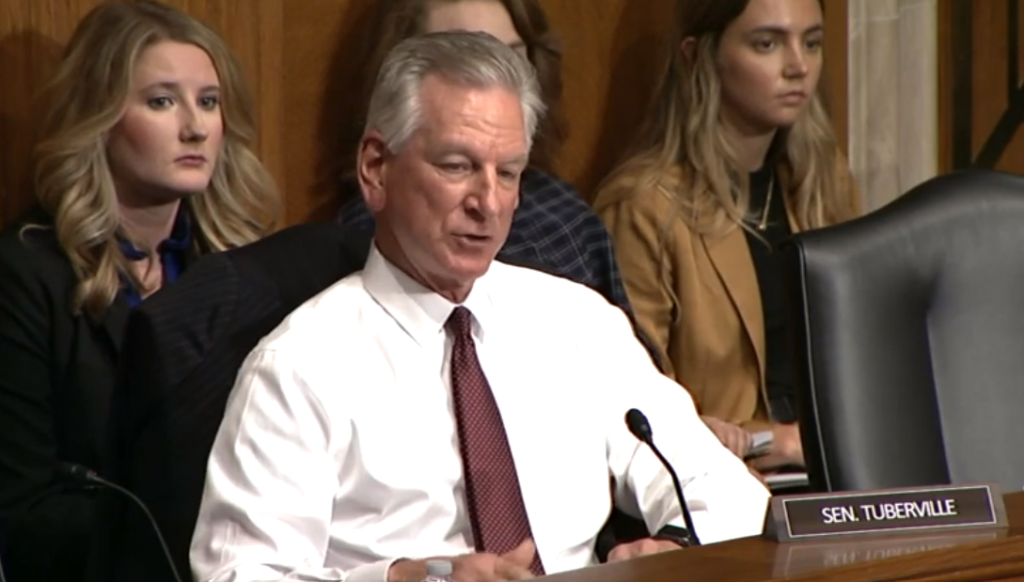In response to a prolonged and severe drought, Alabama Commissioner of Agriculture and Industries Rick Pate announced that the U.S. Department of Agriculture (USDA) has designated 20 counties in Alabama as primary natural disaster areas. An additional 18 counties have been classified as contiguous disaster counties, bringing the total to 38 affected counties.
The drought has impacted over half of the state, prompting Commissioner Pate to urge farmers to connect with their local USDA offices for information on available funding.
“The drought affected over half of the counties in Alabama,” said Pate. “We encourage farmers to reach out to their local USDA offices for details about available funding.”
RELATED: Drought Reach aims to aid communication between farmers, scientists
The U.S. Drought Monitor indicates that the designated counties experienced severe drought conditions (D2 Drought-Severe) for at least eight consecutive weeks or more extreme conditions (D3 Drought-Extreme or D4 Drought-Exceptional) during 2025.
The 20 primary counties affected include Autauga, Chilton, Choctaw, Clarke, Dallas, Franklin, Greene, Hale, Lauderdale, Lawrence, Limestone, Lowndes, Madison, Marengo, Morgan, Perry, Sumter, Washington, Wilcox, and Winston. The 18 contiguous counties are Baldwin, Bibb, Butler, Colbert, Coosa, Crenshaw, Cullman, Elmore, Jackson, Marion, Marshall, Mobile, Monroe, Montgomery, Pickens, Shelby, Tuscaloosa, and Walker.
The declaration allows farm operators in both primary and contiguous counties to apply for Farm Service Agency (FSA) emergency loan assistance. Farmers have eight months from the declaration date (March 25, 2025) to apply. The FSA evaluates applications based on production loss, repayment ability, and the operator’s security.
For further information about loan eligibility and available support programs, farmers can visit the USDA’s Farm Loan Programs page or locate their nearest USDA Service Center.













